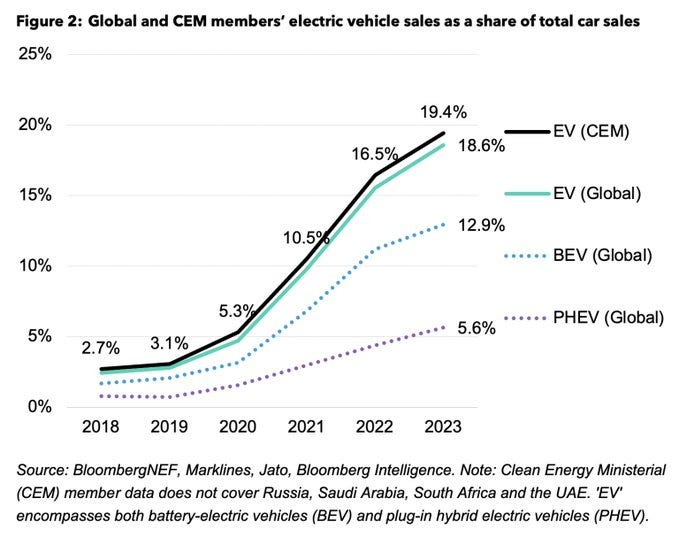Reading List 11/9/24
I’m experimenting with a new reading list format for paid subscribers that focuses more on news and links related to construction, infrastructure and “building stuff,” rather than books and sources I’ve used for a post (though I’ll still probably do the book recommendations if I read particularly good ones). My new goal is to do a reading list post once a week.
–
Wharton professor Ethan Mollick shows Claude (Anthropic’s LLM) a video of a construction site, and asks it to make note of any potential jobsite issues and things that can be improved. The last 20 years have made it far easier to monitor job sites thanks to drones and cameras, and there’s a variety of startups dedicated to this. LLMs are going to make this monitoring and data collection even more valuable, and Mollick’s quick proof of concept is the sort of thing I expect to see more of pretty soon.
Microsoft is planning some mass-timber data centers to try and reduce carbon emissions. This is cool, but it seems somewhat performative to me. The average embodied carbon in an industrial building is 23 kilograms per ft2, or around 12.5 million pounds for a 250,000 square foot building (roughly datacenter sized). Carbon intensity of U.S. energy production is around 0.86 pounds per kwh. A large data center might use on the order of 100 MW of power, or 2,400,000 kwh per day if run at 100% capacity 24/7. If we assume a 50% load factor, that’s about 375 million pounds of CO2 for a full year, or about 30 times the carbon impact of the building itself for a single year operation. (And this doesn’t include the embodied energy from the computers themselves.) Data center climate impacts are completely dominated by the energy used by the computers inside them, and using CLT instead of steel or concrete won’t move the needle much.
Related, Philip Oldfield points out on Twitter that buildings had smaller windows and far less glazing prior to the development of power-consuming air conditioning. Oldfield argues that this is what buildings “should” look like, but I think this sort of overwhelming concern for a building’s carbon footprint, especially at the expense of things people like such as big windows, is somewhat misplaced, and that we should focus more on rapidly building out carbon-free energy infrastructure and try to build an abundant energy future, rather than being miserly about energy consumption.
Relatedly, global shipments of EVs are now 19% of passenger vehicle sales, up from less than 3% five years ago.




